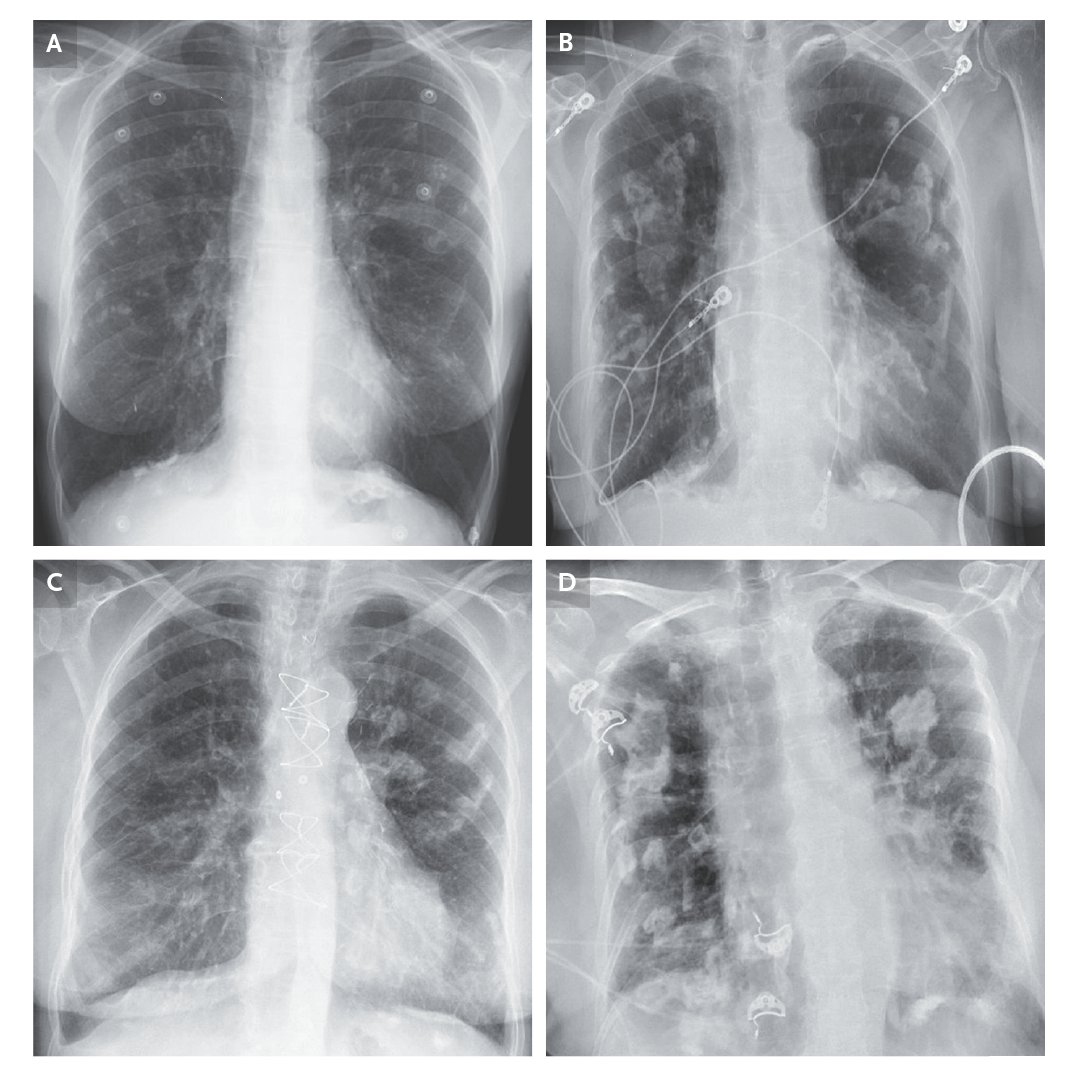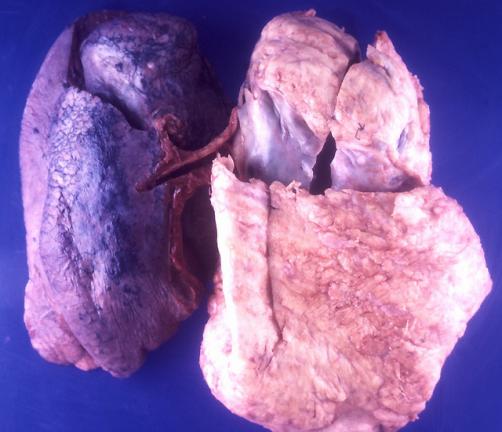Makindo Medical Notes"One small step for man, one large step for Makindo" |
|
|---|---|
| Download all this content in the Apps now Android App and Apple iPhone/Pad App | |
| MEDICAL DISCLAIMER: The contents are under continuing development and improvements and despite all efforts may contain errors of omission or fact. This is not to be used for the assessment, diagnosis, or management of patients. It should not be regarded as medical advice by healthcare workers or laypeople. It is for educational purposes only. Please adhere to your local protocols. Use the BNF for drug information. If you are unwell please seek urgent healthcare advice. If you do not accept this then please do not use the website. Makindo Ltd. |
Asbestos Related Lung disease
-
| About | Anaesthetics and Critical Care | Anatomy | Biochemistry | Cardiology | Clinical Cases | CompSci | Crib | Dermatology | Differentials | Drugs | ENT | Electrocardiogram | Embryology | Emergency Medicine | Endocrinology | Ethics | Foundation Doctors | Gastroenterology | General Information | General Practice | Genetics | Geriatric Medicine | Guidelines | Haematology | Hepatology | Immunology | Infectious Diseases | Infographic | Investigations | Lists | Microbiology | Miscellaneous | Nephrology | Neuroanatomy | Neurology | Nutrition | OSCE | Obstetrics Gynaecology | Oncology | Ophthalmology | Oral Medicine and Dentistry | Paediatrics | Palliative | Pathology | Pharmacology | Physiology | Procedures | Psychiatry | Radiology | Respiratory | Resuscitation | Rheumatology | Statistics and Research | Stroke | Surgery | Toxicology | Trauma and Orthopaedics | Twitter | Urology
Related Subjects: |Idiopathic Pulmonary Fibrosis |Diffuse Parenchymal Lung disease |Asbestos Related Lung disease |Sarcoidosis |Coal Worker's Pneumoconiosis |Silicosis |Farmer's Lung |Cryptogenic Organising Pneumonia (COP-BOOP) |Extrinsic Allergic alveolitis (Hypersensitivity) |Byssinosis |Pneumoconiosis |Cor Pulmonale
⚠️ Note: Asbestos-exposed patients must stop smoking 🚭 to significantly reduce their risk of lung cancer. In the UK 🇬🇧, individuals diagnosed with asbestos-related lung diseases (asbestosis, mesothelioma, or lung cancer) may be eligible for compensation 💷 through legal and government schemes.
ℹ️ About
- 🪨 Asbestos is a group of naturally occurring fibrous silicate minerals prized for insulation, fire resistance 🔥, and soundproofing 🔊.
- Its fibres are durable, resistant to heat and chemicals, and insoluble in water, making it widely used in construction 🏗️, shipbuilding 🚢, and automotive 🚙 industries.
- Exposure occurs when asbestos fibres become airborne during cutting, drilling, or material damage, and are inhaled or swallowed 😮💨.
- UK bans: 🚫 Blue & Brown asbestos (1985), 🚫 White asbestos (1999).
- Safe when intact, but dangerous ⚠️ when fibres are released into the air and inhaled.
🧩 Types of Asbestos
- Serpentine
- ⬜ Chrysotile (White): The most common type, found in building materials and brake linings. Less fibrogenic than others but still hazardous.
- Amphibole
- 🔵 Crocidolite (Blue): Fine, brittle fibres easily airborne → highest mesothelioma risk.
- 🟤 Amosite (Brown): Used in cement sheets & insulation, more dangerous than chrysotile.
- ⚪ Others: Tremolite, anthophyllite, actinolite (rare, but toxic).
- 👉 All asbestos types are carcinogenic, but amphiboles (blue & brown) are most hazardous.
🩺 Clinical Manifestations (decades after exposure ⏳)
| Disease | Clinical Features | Diagnostic Tests | Management |
|---|---|---|---|
| 🫁 Asbestosis |
|
|
|
| 🪶 Pleural Plaques |
|
|
|
| 💧 Pleural Effusion |
|
|
|
| 🩻 Diffuse Pleural Thickening |
|
|
|
| 🎗️ Mesothelioma |
|
|
|
| 🚬 Lung Cancer |
|
|
|
🕯️ Pleural plaques – often described as resembling “candle wax drippings.”


🩻 Mesothelioma encasing the lung.

🔎 Investigations
- 📷 CXR: pleural changes, fibrosis, effusion.
- 📈 PFTs: restrictive defect.
- 🩻 HRCT: parenchymal & pleural detail.
- Bronchoscopy + biopsy 🧪.
- Histology for definitive Dx.
💊 Management
- 🚭 Smoking cessation: most important intervention.
- Oxygen therapy + pulmonary rehab.
- 📆 Surveillance for lung cancer / mesothelioma.
- 🎗️ Mesothelioma: multimodal therapy + palliative care.
- 💷 Compensation: DWP & legal claims (UK context).
- 💉 Vaccinations (flu, pneumococcus).
- 🗣️ Advanced care planning for progressive disease.
📚 References
3 Clinical Cases — Asbestos-Related Lung Disease ⚒️🫁
- Case 1 — Pleural plaques 🧱: A 66-year-old retired shipyard worker, non-smoker, is referred after an abnormal chest X-ray on routine occupational health surveillance. He is asymptomatic. CXR: bilateral calcified pleural plaques, especially on the diaphragmatic and parietal pleura. Teaching: Pleural plaques are the most common manifestation of asbestos exposure. They are benign, do not undergo malignant transformation, but are a marker of significant exposure history.
- Case 2 — Asbestosis (pulmonary fibrosis) 🌫️: A 72-year-old man with a 30-year history of construction work presents with progressive exertional dyspnoea and dry cough. Exam: fine bibasal “Velcro” crackles and finger clubbing. HRCT: diffuse interstitial fibrosis with basal and subpleural predominance, small pleural plaques also visible. Teaching: Asbestosis is a dose-dependent fibrotic lung disease, similar to idiopathic pulmonary fibrosis, but with pleural involvement. Smoking accelerates progression. No cure; management is supportive (O₂, pulmonary rehab, smoking cessation).
- Case 3 — Mesothelioma 🎗️: A 69-year-old former insulation worker presents with chest pain, weight loss, and progressive dyspnoea. CXR: large unilateral pleural effusion with pleural thickening. Pleural biopsy: malignant mesothelioma. Teaching: Malignant pleural mesothelioma is a highly aggressive tumour strongly linked to asbestos exposure, often decades after initial contact. Presents with effusion, chest pain, and systemic symptoms. Management is usually palliative: chemotherapy, pleural drainage/pleurodesis, supportive care.